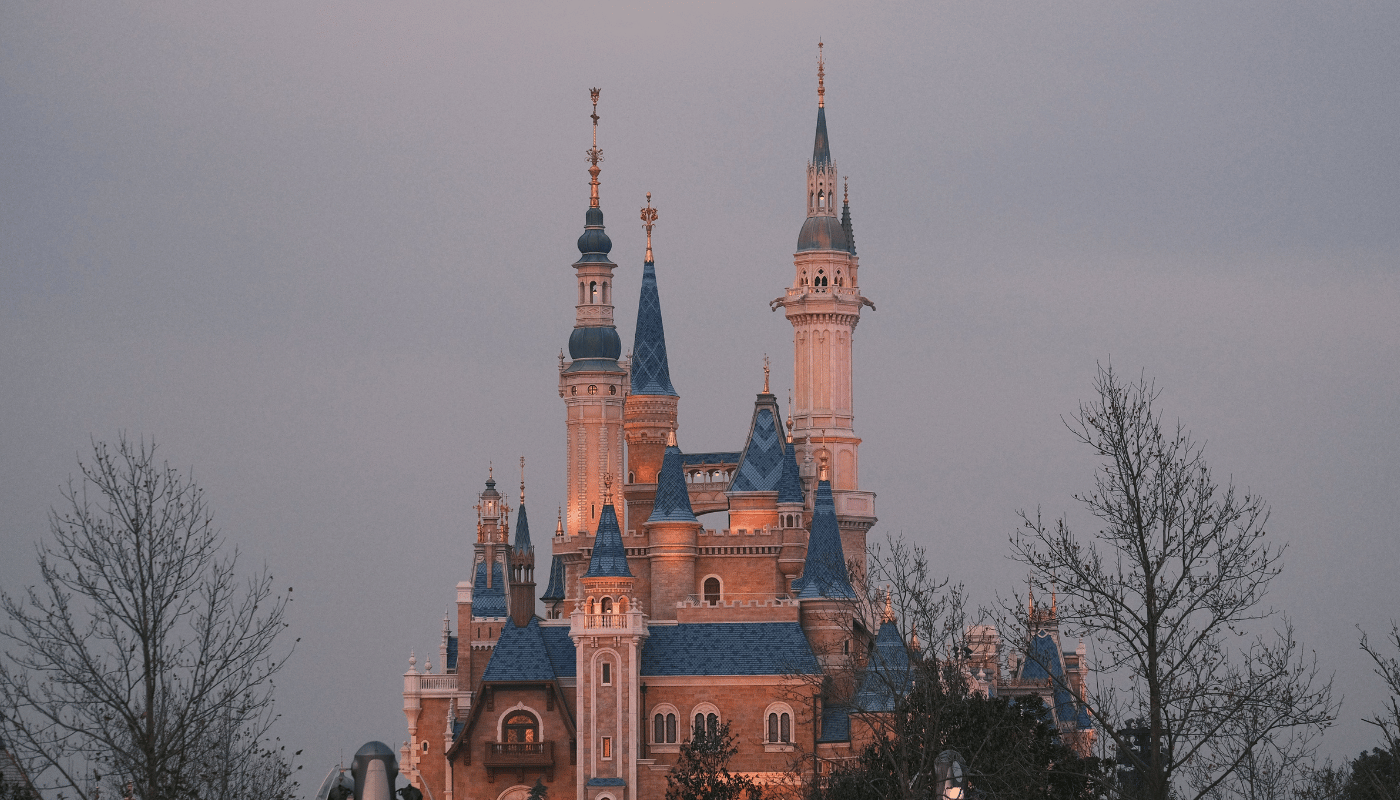Disney is renowned for captivating storytelling, vibrant animation, and iconic characters. Over decades, the studio has set the benchmark in family entertainment, drawing millions worldwide into imaginative worlds. Yet, with such high standards, even a single misstep can seem glaring. For a Disney movie to be deemed “bad,” it often falls short in several critical areas: story quality, character depth, visual appeal, and thematic clarity. Unlike films from other studios, Disney’s audience expects more than just entertainment; they expect magic. When a movie lacks an engaging story, complex characters, or a clear moral message, it risks losing the emotional connection that makes Disney films memorable.
To Disney fans, a “bad” movie is one that fails to deliver these qualities. A predictable or incoherent storyline, for instance, can make even a visually stunning movie feel hollow. Characters without emotional depth can leave audiences indifferent, which is fatal for a Disney film, where characters are often the core of the storytelling. The risk of poor animation style is also amplified for Disney, as viewers expect visual innovation and beauty. Additionally, if a movie’s themes are muddled or lack coherence, it leaves families questioning the intended message, further diminishing its appeal. A “bad” Disney movie, then, is one that misses these marks, disappointing audiences who expect each Disney film to deliver a memorable experience.
The Worst Disney Movie by Audience Ratings
Audience ratings are a straightforward metric for determining a film’s popularity and success. For Disney, whose releases are often met with eager anticipation, low ratings signify a deeper problem—disengagement from the viewer’s expectations. Movies that consistently rank low across Rotten Tomatoes, IMDb, and Metacritic are outliers within Disney’s portfolio. When Disney’s worst movies receive such ratings, it reflects broad disappointment across age groups and fan bases.
For example, “Chicken Little” has one of the lowest Rotten Tomatoes scores among Disney animated films, as it was criticized for chaotic storytelling and an inconsistent tone. Meanwhile, “Mars Needs Moms” holds a low IMDb score due to its unconventional animation style and a lack of the emotional impact typical of Disney stories. These ratings serve as indicators of how far each movie deviated from what audiences expect from Disney. When such films struggle to resonate with a wide audience, they challenge the idea that Disney can consistently produce universally beloved films. Low ratings across multiple platforms signify that, despite Disney’s efforts, certain movies failed to meet expectations and connect with viewers.
Why Some Disney Movies Fail
Disney’s diverse catalog explores numerous themes and animation styles, a factor that has contributed to both its triumphs and failures. Here are some reasons why certain Disney films didn’t resonate with audiences.
Weak or Predictable Storylines
The plot is the foundation of any Disney movie. Films that lack originality or emotional weight often fail to capture viewer interest. A prime example is “The Wild,” which felt derivative of DreamWorks’ “Madagascar.” Without a unique narrative, viewers found the story unremarkable. Mars Needs Moms is another example; it tells a simplistic story that lacked the complexity Disney fans often seek. When storylines lack depth or surprise, audiences quickly lose interest, making the movie feel more like a missed opportunity than a Disney classic.
Poor Character Development
Characters drive a Disney movie, giving audiences someone to connect with, root for, or learn from. When characters are underdeveloped or lack likability, they fail to resonate. “Chicken Little” is a good example, where viewers struggled to sympathize with the protagonist due to his erratic personality and shallow character arc. Home on the Range also suffered in this respect, as its characters were seen as flat and unmemorable, resulting in a film that left little impact on audiences. Without relatable or interesting characters, Disney movies risk losing the emotional bond that defines many of their most successful films.
Inconsistent or Unappealing Animation Style
Visual appeal is a defining characteristic of Disney movies. Yet, when animation feels rushed or inconsistent, it affects the film’s overall quality. “Mars Needs Moms” experimented with motion-capture animation, but many found the result unsettling due to the “uncanny valley” effect, where the characters looked uncomfortably realistic. The animation style in “The Black Cauldron” also deviated from Disney’s typical approach, opting for darker, grittier visuals that felt at odds with Disney’s usual appeal. For audiences, these visual choices created a disconnect, as they didn’t align with the classic Disney aesthetic that viewers expect.
Confusing Themes or Mixed Tones
Disney movies are celebrated for their clear messages, which audiences find reassuring and relatable. When a film’s themes feel muddled or contradictory, it can leave viewers unsure of the story’s purpose. “The Black Cauldron” is an example of this, as its darker tone and complex plot confused younger viewers and didn’t appeal to Disney’s family-friendly image. Similarly, “Chicken Little” had a mix of humor, action, and drama that felt unbalanced, making it difficult for audiences to grasp the movie’s true message. Disney’s success depends on storytelling that resonates with all ages, and inconsistent themes disrupt that connection.
Disney Movies That Missed the Mark
While opinions vary, certain Disney movies consistently appear in lists of the company’s weakest releases. Here’s a rundown of those often cited as the least successful:
- Chicken Little – With an inconsistent plot and characters that audiences found hard to like, Chicken Little missed the mark as a family favorite.
- The Black Cauldron – A unique attempt at a darker story, but one that struggled with pacing and tone, leading to a mixed reception.
- Home on the Range – Bland storylines and simple animation made this film less appealing compared to Disney’s animal-themed classics.
- Mars Needs Moms – An odd mix of animation style and a weak plot made this movie one of Disney’s lowest-grossing.
- The Wild – Often criticized for its similarities to “Madagascar,” this movie failed to stand out as an original Disney story.
- Planes – A spin-off of Pixar’s “Cars,” Planes was seen as an unnecessary addition that lacked Pixar’s signature depth.
Audience and Critic Scores of Disney’s Lowest-Rated Movies
| Movie | Rotten Tomatoes | IMDb Score | Metacritic Score |
| Chicken Little | 36% | 5.7 | 48 |
| The Black Cauldron | 55% | 6.4 | 39 |
| Home on the Range | 53% | 5.4 | 50 |
| Mars Needs Moms | 37% | 5.4 | 49 |
| The Wild | 19% | 5.2 | 47 |
| Planes | 25% | 5.7 | 39 |
Common Criticisms of Disney’s Weakest Films
The worst-rated Disney films often share specific flaws that set them apart from more successful releases. Predictable or uninspired plots are a recurring issue. For example, “The Wild” was dismissed as an inferior version of “Madagascar.” This lack of originality led audiences to view the film as redundant, causing it to lack the unique appeal Disney films are known for. Similarly, “Mars Needs Moms” was criticized for its simple and lackluster storyline, which failed to capture the heart or wit typically associated with Disney.
Another common issue is underwhelming characters. In “Chicken Little,” audiences found it difficult to relate to the main character, who appeared erratic and unlikable. Home on the Range also presented characters that felt one-dimensional, lacking the depth and relatability audiences expect from Disney protagonists. When characters lack emotional resonance, they fail to leave a lasting impact, making the entire film feel hollow.
Disney’s Experiments with Animation and Tone
Disney has consistently pushed the boundaries of animation. However, some of its experiments have produced mixed results. Mars Needs Moms is a notable example, as its motion-capture animation created an unsettling experience for viewers. The “uncanny valley” effect, where characters appear almost human but not quite real, distracted from the story and left audiences feeling disconnected.
The Black Cauldron is another example of Disney’s experimentation, embracing a darker, more serious tone. While this made the film unique, it clashed with Disney’s reputation for family-friendly stories, leaving audiences confused. Both films reflect Disney’s willingness to innovate, but they also reveal the risks involved when stylistic choices don’t align with viewer expectations.
Why Some Fans Defend Disney’s “Worst” Movies
Interestingly, while critics and mainstream audiences may consider certain Disney films failures, some fans find redeeming qualities in them. Fans of The Black Cauldron, for instance, value its attempt to create a darker, more mysterious Disney world. While this tone wasn’t popular at its release, it has since been embraced by fans looking for a different kind of Disney experience.
Similarly, Atlantis: The Lost Empire has been praised for its adventurous storyline and distinctive animation style. The movie’s originality, which may have been its downfall at release, is now seen as a refreshing break from Disney’s usual formula. This niche appeal shows that even Disney’s “worst” movies have their place within the broader catalog, especially for fans who appreciate unconventional storytelling.
How Disney’s “Worst” Movies Influenced Future Projects
Disney’s less successful films weren’t without purpose. They’ve provided valuable lessons that shaped future projects and helped Disney refine its approach. For example, Mars Needs Moms and its underwhelming motion-capture animation led Disney to focus on CGI and traditional animation styles that retained more warmth and charm, seen in later successes like “Frozen.”
Similarly, Chicken Little showed Disney the risks of prioritizing flashy effects over strong storytelling. This experience may have influenced Disney’s return to character-driven stories, resulting in later successes where narrative depth became a priority.
Disney’s Commitment to Creativity and Experimentation
Even Disney’s least successful movies reflect the studio’s commitment to creative exploration. Each film, regardless of its reception, was an attempt to try something new, whether through animation techniques, story themes, or genre. While not every attempt led to a hit, these efforts reflect Disney’s courage to innovate.
This creative risk-taking is a hallmark of Disney’s evolution. Even the “worst” movies contribute to the company’s journey, showing that the road to success involves occasional missteps. These movies serve as reminders that failure is often an essential part of creativity, allowing Disney to learn, adapt, and push forward.
Conclusion
Disney’s track record of success makes its weaker films stand out, as they deviate from the high standards that audiences have come to expect. These “worst” Disney movies often suffer from weak plots, shallow characters, or themes that don’t resonate, but they offer valuable insights into Disney’s journey.




Leave a Reply